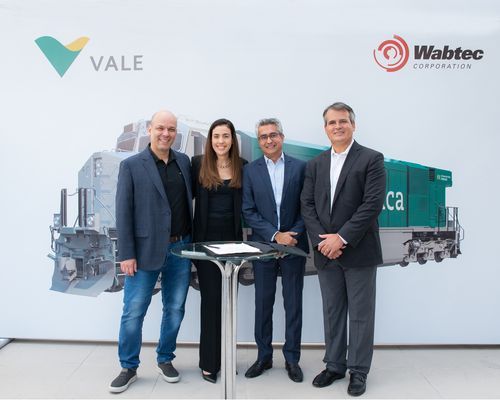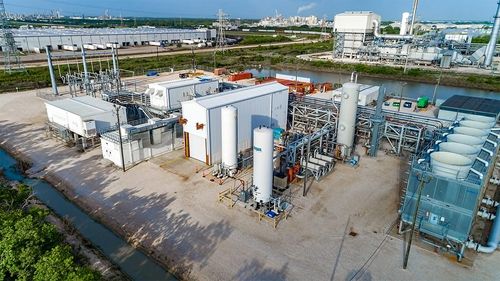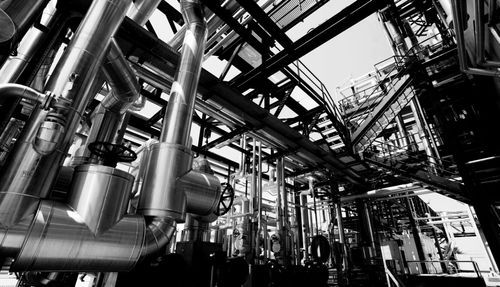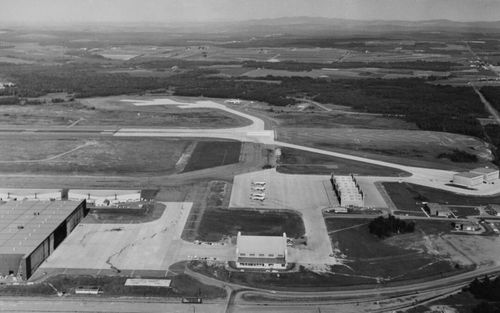ACCIONA & Nordex Green Hydrogen (ANGH) is developing gigawatt-scale green hydrogen projects in the United States.
The firm, a JV between Spanish renewables and infrastructure firm ACCIONA and German wind turbine maker Nordex, has several projects in development in rural America as part of a global portfolio of green hydrogen projects with targeted installed wind and solar capacity of 50 GW.
In comments to the IRS regarding 45V tax credits, the firm’s Vice President of Development Scott Baron wrote that the firm was seeking to reach FID by 2027 and complete construction by 2030 on at least one of the projects.
“Each project represents multiple billions of capital investment and gigawatts of incremental renewable energy capacity. Developing projects of this scale takes time and considerable investment, which we have committed,” Baron wrote.
In making the case for maintaining strict standards for green hydrogen production under 45V, Baron noted that Nordex has a separate business unit, Nordex Electrolyzers, that is developing an alkaline electrolyzer designed to operate under variable electricity output from renewable sources.
“Prototyping will be complete in 2025 with commercial scale-up to follow,” he said. “This experience has given us confidence that the technology (in general) will be ready and scalable in time to support the projects we and others intend to build within this decade.”
Baron declined to comment further on the projects.
Business model
Further making the argument for strict green hydrogen rules, Baron writes that there are zero emissions impacts to the grid under the business model that ANGH is pursuing, whereby renewable energy resources are directly connected to the electrolyzers.
“Our support [of strict rules] is predicated on a business model that ANGH and others are pursuing globally, which focuses on building very large-scale projects (typical projects are 1,000- 3,000 MW electrolyzer capacity, with capital cost expectations of $3-10 billion) in the best renewable energy resource areas of the world but are remote and currently lack transmission infrastructure,” the letter reads. “These projects are exclusively or primarily ‘behind-the-meter’ or ‘off-grid’ and rely on system designs that optimize sizing of the various key pieces of equipment given the wind and/or solar profile of the site. “
Baron goes on to write that the challenge of remotely sited projects is transporting the final end-product to its end user. “Within the United States, there is tremendous potential to utilize and/or develop low-cost pipelines, which is a proven successful and low-cost method of transporting molecules,” he said. “The scale of the projects ANGH is developing can support the capital costs associated with new longer distance pipelines.”








